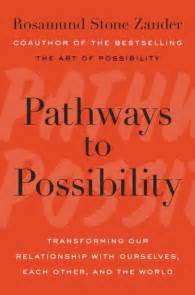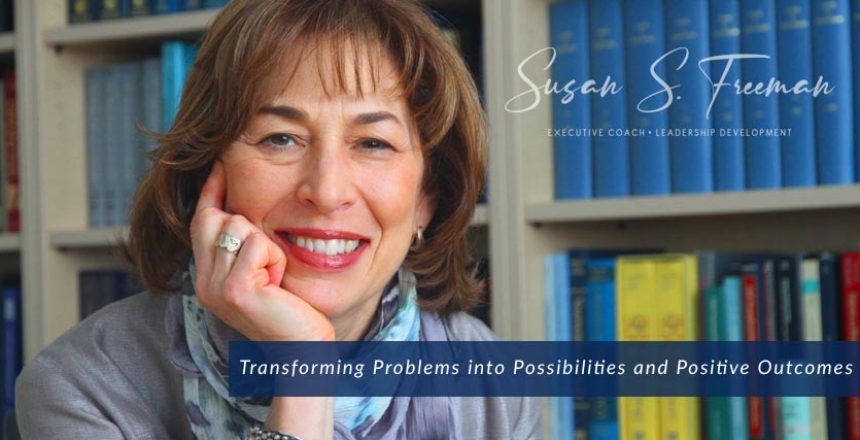In my book, Step Up Now, 21 Powerful Principles for People Who Influence Others, the first principle is “Be. Know. Do.” Leaders, to be effective, must possess self-awareness.
Who are you being?
Over the next two weeks, I borrow from Leading Blog on this exact question. This week we explore the context and warning signs. Next week we’ll examine possible solutions.
 Rosamund Stone Zander, the author of one of my favorite leadership books, The Art of Possibility, describes in Pathways to Possibility that “often, our growth requires that we live a new story.
Rosamund Stone Zander, the author of one of my favorite leadership books, The Art of Possibility, describes in Pathways to Possibility that “often, our growth requires that we live a new story.
We are not “trained to think of ourselves as governed by stories made up by younger iterations of ourselves, frozen in time.”
We need to rewrite the stories to reflect life as it is now. “I believe that when we become aware of patterns in our behavior, when we learn to identify and rewrite the stories that give us our identities, we will gain passage, at any age, into a new phase of adulthood. In this territory of maturity, where old fear-based pattern no longer hold us back, we will, I wager, do what we now think of as remarkable, even magical, things.”
We all have a point of view about how life should go and they are often illogical. But when they are we produce reasons for why we do and think like we do even if it has no basis on our current reality. They hold us back. What children’s stories have in common is survival anxiety. We are living a story made up by a child when we are frightened about the future, are ready to run, feel the need to control others, act out of insecurity, and are unable to take criticism of any kind.
The stories we tell ourselves are generally adopted unknowingly from the environment in which we grew up and are not under the control of the reasoning mind. To move forward, we have to uncover the story and tell a new one. Zander repeatedly states that new habits are formed in an environment of love.
How do you know if you are living in a story crafted by the mind of a child?
 You are being captured by the child in you if you are certain that your views are true, and you make no attempt to question them.
You are being captured by the child in you if you are certain that your views are true, and you make no attempt to question them.- When you are frequently anxious that things will go wrong, or are living your life cautiously. Fear and anxiety are the underlying emotions in the child’s view of the world because for a child it is all about survival.
- You are living in a child story if you are regularly concerned with what others think of you.
- When you assume that things will repeat. It makes you approach the future with resistance, be overly cautious, and close down to life.
- You are expressing a child part when you are convinced that you have absolute needs and you are further convinced that your needs and desire will never change.
In short, a child’s stories are I-centered, concrete, fear-based, scarcity-minded, identity-bound, personal through and through, and indisputable—self-centered—my way. “
Consider questions when strong, triggering emotions arise. Usually that is a sign that your inner child narrative is in play.
I invite you to post your comments here.

